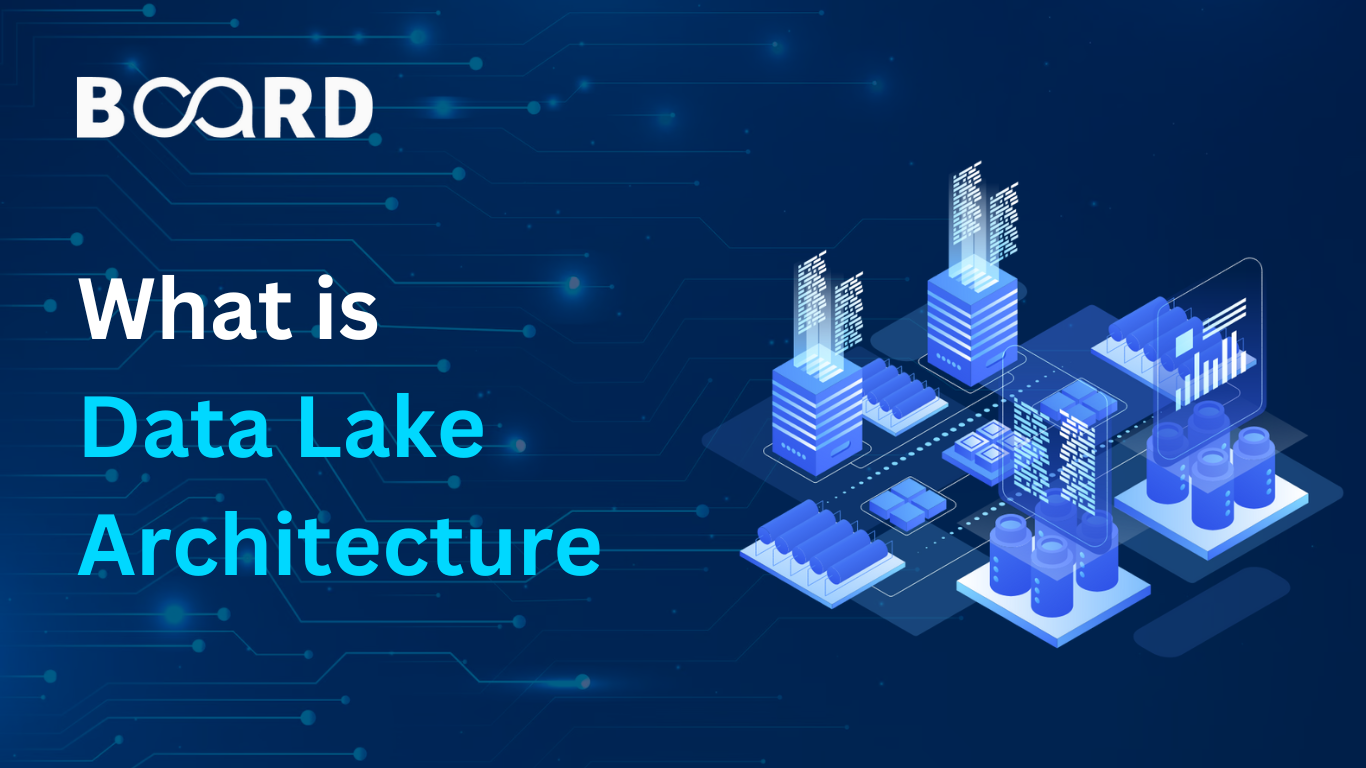
Imagine taking a selfie, sending a tweet, or buying something online. Ever wonder where all that data goes and how it's stored?
Enter a flexible centralized repository for enterprise data.
What is a Data Lake?
A data lake is a digital library where we store every piece of digital information - structured, semi-structured, and unstructured - be it a brief tweet, a long research paper, or a random doodle.
Unlike those old-school databases that demanded data to fit into neat little boxes, a data lake is like, "Come as you are". It lets us dive in and play around, finding insights or even just exploring.
Furthermore, it can handle vast data (in amounts). So, every time you think of big data and real-time analytics, remember there's a data lake making it all happen for us.
Key Characteristics of a Data Lake
- Scalability: It can scale horizontally. We can add more storage as and when the data grows.
- Flexibility: It stores data in all shapes and forms. It also runs different analytics like dashboards, visualizations, and big data processing.
- Low Cost: It is built on commodity hardware, making it cost-effective.
- Data Variety: It has the ability to store everything, from neatly organized databases to messy social media feeds, all coming from various sources.
- Schema-on-read: It allows you to define the schema when you read the data, unlike traditional systems that require a predefined schema to write data.
Stats
The market for a data lake is set to boom! Starting at USD 13.74 billion in 2023, it's predicted to soar to USD 37.76 billion by 2028. That's a growth rate of 22.40% in just five years!
Data Lake Architecture — An In-Depth Explanation
In today's data-driven world, organizations rely heavily on data lakes to store, process, and analyze vast amounts of unstructured data. Here, we dive into the intricate architecture of a data lake and break down its various components.
1. Data Ingestion
Data ingestion is the foundational step where data from diverse sources is collected, imported, and processed.
Types of Ingestion:
- Batch Processing: Useful for large datasets without the need for real-time analytics. The data is ingested in chunks at specific intervals.
- Real-time/Stream Processing: Constantly ingests and processes data, ideal for time-sensitive scenarios.
Key Tools/Technologies: Apache Kafka, Apache Flume, Apache Nifi, AWS Kinesis, Logstash.
2. Data Storage
After ingestion, data finds its home in storage, stored in various formats.
- Characteristics: Durability, scalability, elasticity, and cost-effectiveness.
- Formats: Raw files, Parquet, ORC, Avro, etc.
- Top Storage Solutions: HDFS, Amazon S3, Azure Blob Storage, Google Cloud Storage.
3. Data Governance
This ensures the high quality, security, and privacy of data.
Major Components:
- Metadata Management: Makes data discoverable.
- Data Stewardship: Ensures data quality and its proper use.
- Data Lifecycle Management: Manages data from creation to deletion.
Notable Tools: Apache Atlas, Collibra, Alation.
4. Data Security
This component ensures that data is safeguarded against unauthorized access, breaches, and theft.
Layers of Security:
- Access Control: Regulates data accessibility.
- Encryption: Protects data both during transit and when at rest.
- Audit: Monitors and records data interactions.
Security Solutions: Kerberos, Amazon Macie, Azure AD.
5. Data Quality
A mechanism to ensure data's accuracy, reliability, and validity.
Methods:
- Data Profiling: Evaluates data quality.
- Data Cleaning: Corrects or removes faulty data.
- Data Verification: Confirms data accuracy.
Trusted Tools: Talend, Informatica, Trifacta.
6. Data Discovery
Allows users to identify and understand the data within a lake.
Benefits:
- Time-saving
- Enhanced data utilization
- Improved comprehension of data sources
Essential Tools: Hive Metastore, Waterline, AWS Glue.
7. Data Auditing
Keeps a record of all access and modifications to data, ensuring accountability.
Advantages:
- Traceability
- Enhanced security
- Accountability
- Regulatory compliance
Tools to Consider: Apache Ranger, AWS CloudTrail, Azure Auditing.
8. Data Lineage
Presents a clear picture of the data's journey.
It covers:
- Data origin
- Its movement through systems
- Its transformations
Benefits: Clarity about data's lifecycle, root cause and impact analysis.
Tools of Choice: Apache Atlas, Talend, LineageOS.
9. Data Exploration
A stage where data is scrutinized and analyzed, searching for meaningful patterns.
Methods: Statistical tools, machine learning, data visualization, querying.
Top Tools: Jupyter Notebooks, Apache Zeppelin, Tableau, Power BI.
In conclusion, understanding the data lake architecture is pivotal for organizations aiming to extract maximum value from their data. As data continues to grow in volume and complexity, a well-architected data lake becomes indispensable for insightful data analysis.
